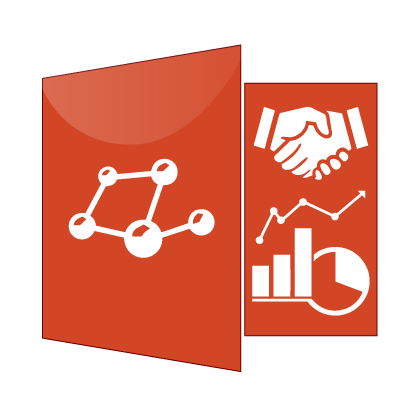WOCAT Core Questionnaire on SLM Approaches (WOCAT_QA)

The WOCAT Core Questionnaire on Sustainable Land Management Approaches (WOCAT_QA) was designed to understand how implementation of sustainable land management (SLM) was achieved through various processes, including capacity building, decision-making, technical and material support, change of legal framework and policies, through which stakeholders and their roles in the process. An Approach can refer to a project/programme or to activities initiated by land users themselves. In the case of projects, WOCAT_QA asks to document only those components or activities of the project that are relevant to SLM.
WOCAT_QA is shorter than its twin questionnaire WOCAT_QT, but as in the latter WOCAT recommends that the questionnaire be filled in by a team of SLM specialists, including land users , with different backgrounds and experience, who are familiar with the details of the SLM Approach.
The questionnaire is structured in the same way as WOCAT_QT, containing the following main sections: (1) general information, (2) specification of the SLM approach, (3) participation and roles of the stakeholders involved, (4) technical support, capacity building, and knowledge management, (5) financing and external material support, (6) impact analysis and concluding statements, and (7) references and links.
As in WOCAT_QT, the general information section requests details and registration of the key resource persons and their agreement to the WOCAT conditions regarding the use of data.
The description of the new SLM approach requires a succinct narrative, outlining in ideally a 1-page text the main characteristics/ distinct features, objectives, methods, stages of implementation of the approach, which stakeholders were involved and their roles, as well as their perceptions about the pros and cons, enabling or hindering conditions of the approach. Photographs or videos can be included, as well as coordinates of the reference sites.
The section on stakeholders participation requests information on the involvement of local land users/communities in the different phases of the SLM approach, and a visual summary, preferably in the form of a flowchart, pointing out important actors, activities, and key stages of implementation.
The impact analysis probes whether the SLM approach had societal benefits, such as empowerment of local land users, women, disadvantaged groups, has built up capacities and knowledge, as well as the main motivations for implementing SLM. In a final section the compilers are requested to provide a SWOT analysis of the SLM approach.
